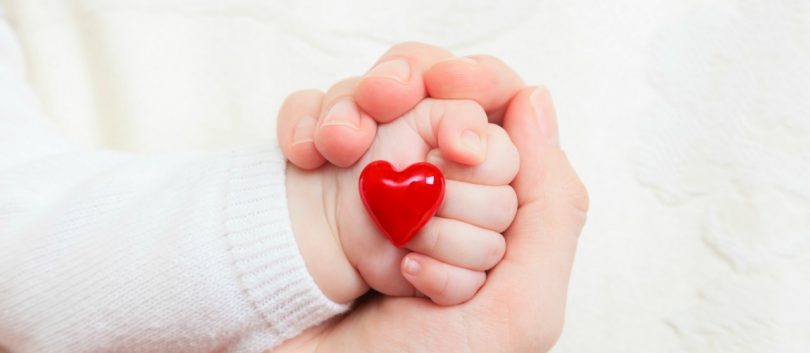Just weeks after she was born, Carly Simmons’ name was placed on the list for a heart transplant. Doctors told her parents that it could take up to three years to find an organ donation. As hard as it is to find organs for adults in need, for organ donation for children it is even harder. Organs need to be the right size, and children vary from a few pounds at birth up to 100 pounds as adolescents. In Carly’s case, the donor had to be within two to three pounds in weight, and a perfect blood type match.
Organ Donation for Children: Not Enough Donors
Anne Paschke, from the United Network for Organ Sharing (UNOS), says that many people die while on the waiting list for transplants every day, and others become too sick to receive a transplant as they wait. “Unfortunately, there are just too few donors. While 79 people are transplanted every day, another 20 die waiting,” she says.
Carly’s mom, Devin Vass, says that doctors prepared the family to wait. “They told us the odds were good but we would have to wait,” she says. Luckily, Carly received a heart transplant at 5 months old, just four months after being placed on the list.
“We know nothing about the donor, just that he or she was close to the same size, around 14 pounds,” Vass says. “Before Carly got her heart, she would never be able to leave the hospital except to go to another hospital.”
While receiving a new heart saved Carly’s life, Vass admits feeling a lot of guilt while waiting.
I thought, am I praying for someone else’s baby to die to save mine? It was so hard. The doctors said ‘Don’t look at it that way. It takes something that doesn’t make sense and makes it meaningful.’ I tried to remember that,” Vass says.
Maggie Smith’s family faced a similar situation, finding out at 2 months old that Maggie would need a liver transplant. This type of transplant is unusual because the liver is the only organ to regenerate, and by transplanting just 20 percent of a liver, it can grow to the correct size in the recipient. It also regrows in the donor within two months.
Maggie’s mother, Joi, shared that again, the size of children in need of organs can be a limitation. “The problem with a partial adult liver is that the adult can be no more than 10 times the weight of the child. Maggie was only 17.5 pounds so the donor couldn’t be more than 175 pounds. It limited who could be a donor. In addition, when it comes to living donors there is an age factor; they can be no younger than 22 and no older than 45.” The donor must also have the correct blood type.
“They gave us the green light to pursue family and friends for a living donor. Unfortunately it is an invasive procedure to be a living donor so a lot of people are nervous,” Smith says.
Two of Maggie’s cousins were tested and one was a match. But just about a week before the scheduled transplant, a deceased donor matched Maggie’s blood type and the transplant happened quickly. She was a year old and at that point, doctors estimated she’d live less than six months without a transplant.
Carly is now 3 years old and Maggie is 7. Each year, their families celebrate their “transplanniversary” date. Carly’s family releases balloons, with a special balloon for her donor. Maggie’s family uses the chance to encourage people signing up for organ donation and to remember the 14-year-old donor.
“We tell her ‘It’s your second chance at life!’” says Vass.
You Have the Power to Save a life
Paschke emphasizes that it’s easy to register to be a donor; it takes a few minutes, but the impact is immense. “You have the power to save lives.”
Just one person saves or enhances the lives of up to 50 people by signing up to be an organ, eye and tissue donor on their state registry,” she says.
Some people think they are too old or sick to donate, but UNOS says that people should sign up and then let their medical professional determine if they can donate at the time of death. “People in their early 90s have been (deceased) liver donors. And even people with active cancer have become cornea donors,” Paschke says.
Both families want to share their experiences to encourage people to donate their organs. “Don’t take your organs with you—save someone like this little girl,” Vass says.







